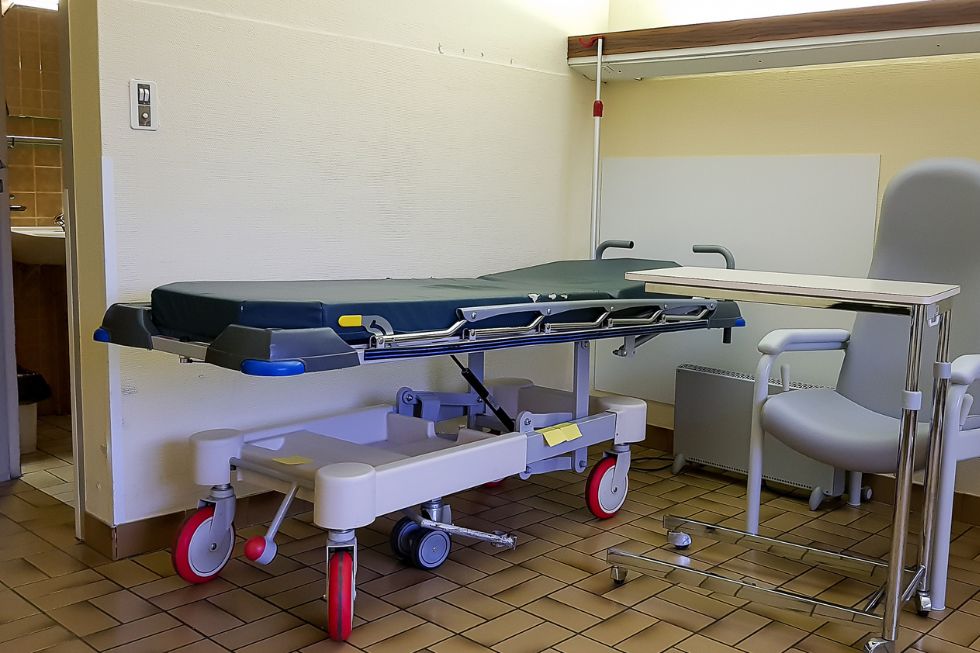Stretchers and hospital beds provide essential support for patients during transportation, examinations, treatments, surgeries, and recovery. They promote comfort and safety throughout the care process. Medical professionals often compare the functionality of healthcare equipment when choosing between stretchers and beds. Learn how to determine the best choice for your facility.
Functionality
Functionality refers to the practical use and versatility of stretchers and beds in meeting patient care needs. Stretchers are for short-term use and are ideal for transporting patients within the facility, such as from the emergency room to the operating room. They provide a flat surface for patients to lie on and often feature side rails for added safety during transport. Patients may also lie on specialized stretchers for examinations, treatments, surgeries, and other medical procedures.
On the other hand, beds offer more comfort for extended periods of rest and recovery. Hospital beds come in various styles, including manual, semi-electric, and fully electric models, allowing healthcare professionals to adjust the bed’s position to meet specific patient needs. They also often include features like built-in scales, bed exit alarms, and pressure-relieving mattresses to enhance patient care and safety.
Space and Portability
How well the healthcare equipment will fit into the facility is another important factor to consider when choosing between stretchers and beds. Stretchers are typically more compact and maneuverable than beds, making them ideal for facilities with limited space or narrow corridors. Nurses and other medical staff can easily store them when not in use, and some models even feature folding mechanisms for added convenience.
Beds, while larger than stretchers, offer more stability and weight capacity. They work well in facilities that offer long-term care, including rehabilitation centers, nursing homes, memory care units, and hospital patient rooms. However, their larger size may limit their portability and require more storage space when not in use.
Adjustability
Stretchers generally have fewer adjustable features compared to beds, as they are for short-term use and transport. They may include adjustable head and foot sections, allowing for basic positioning changes.
Procedural stretchers have specialized features for accommodating examinations and surgeries. Piedmont Medical’s reconditioned medical stretchers include OBGYN stretchers for examinations, delivery, and postpartum recovery. Adjustable backrests, leg rests, and heights facilitate obstetric and gynecological care.
Hospital beds offer a range of adjustability options to accommodate various patient positions and medical procedures. Electric beds allow healthcare professionals to easily adjust the head, foot, and height of the bed with the push of a button. Some advanced models can keep patients secure in surgical or therapeutic positions that enhance surgical exposure, facilitate blood flow regulation, and assist with respiratory functions.
Choosing the right equipment ensures optimal patient care and operational efficiency. Stretchers excel in short-term transport and specialized procedures, offering practicality and maneuverability in confined spaces. Conversely, beds prioritize patient comfort and long-term recovery, featuring enhanced adjustability and stability for extended periods of use. Consider each model’s distinct functionalities, space requirements, and adjustability features to find the right equipment for your facility.


Recent Comments